On Austin’s Conspicuous Lack of Quality Public Space
writing · · 4 min readI’ve been a Longhorn for three years now, but in all that time, Austin’s never felt like a proper city to me. Not even when hanging out downtown, watching the boisterous nightlife unfold in the shadow of the Austonian and the Frost Bank Tower.
Undoubtedly, a major factor is the soulless character of Austin’s urban form, dominated by subdivisions, strip malls, and warehouses. I first recognized that in the dawn of my freshman year, when my mom and I glided swiftly under the tall, lonely streetlights of North Lamar in our move-in rental car. I’m reminded of it each time I venture outside the confines of the university to buy groceries at the super-sized H-E-B and toiletries at the Wal-Mart Supercenter.
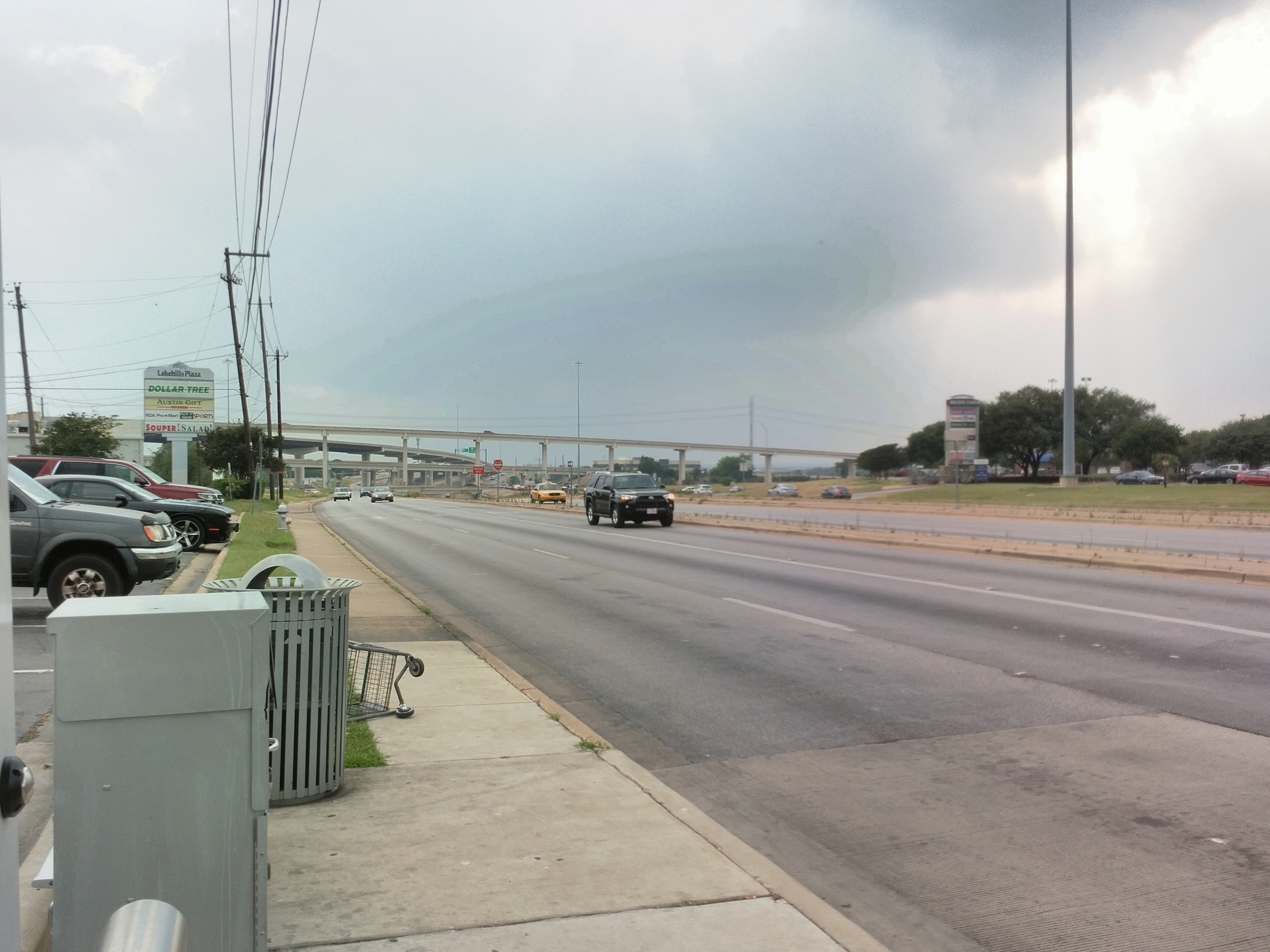
But I think I’ve realized what makes Austin feel especially desolate: its strange lack of quality public space. In much of the city, you’d be hard-pressed to find nearby parks, plazas, government centers, and other places where citizens can gather to socialize, organize, or just enjoy the scenery. And where such places can be found, they are often in decrepit condition.
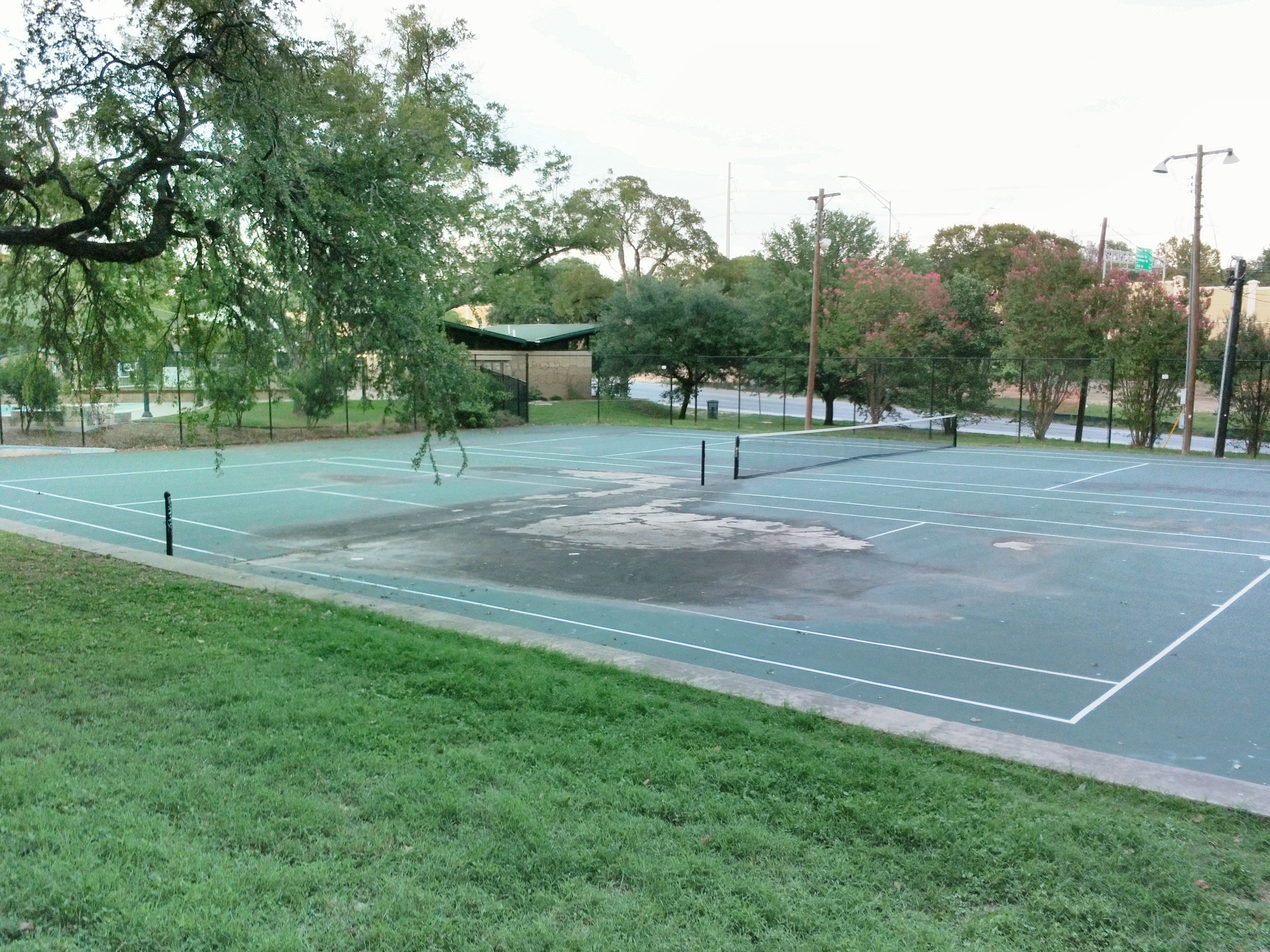
Tennis courts at Westenfield Neighborhood Park.
Most Austin neighborhood parks consist of empty fields of overgrown grass, a few oak trees, dirt tracks, and cracked concrete sidewalks. The better parks may have playgrounds, usually fenced in. But in either case, forget about night lighting.
The notable exception is the greenbelt surrounding the Mueller neighborhood, exquisitely landscaped with an artificial lake and community gathering centers. It’s a wonderful space to visit–if you live in Mueller. One can hardly it a public space if it can’t easily be accessed by the public.
The same could be said for the vast majority of Austin’s parks, which are concealed within their surrounding neighborhoods, set back from the public avenues. They’re hard to notice unless you know where to look for them.
Naturally, Austinites rarely use their neighborhood parks unless they need to entertain their children. Or walk their pets. After all, most parks at least feature convenient poop bag dispensers.
What of Austin’s grander parks, meant to be visited by the entire city? Zilker Park is little more than an iconic brand attached to a big empty field, often closed for the 5K marathon of the week. (There are also some rocks in the middle that get rave reviews on Google Maps.) By contrast, Butler Park by the Palmer Events Center comes close to being a great park; it is very nicely landscaped, with a large pond, lights, and comfortable places to sit.
But both parks have the same serious shortcoming: They’re hard to get to. Cut off by the MoPac Expressway on one side and Barton Creek on the other, Zilker basically requires a car to reach; that’s why half of the place is a massive parking lot. Butler, despite its central location, is surrounded on all sides by busy arterials, and few residents are lucky enough to live within walking distance.
There’s also Republic Square, downtown, along the main bus corridor. I can’t vouch for that park as it’s been closed for renovations for nearly two years.
How about Austin’s dedicated cycling and pedestrian paths? The Pfluger Pedestrian Bridge, the Lady Bird Lake Boardwalk, and even the MoPac Mobility Bridge are fairly pleasant, but like Butler Park and Mueller, they’re standouts in a sea of subtle mediocrity.
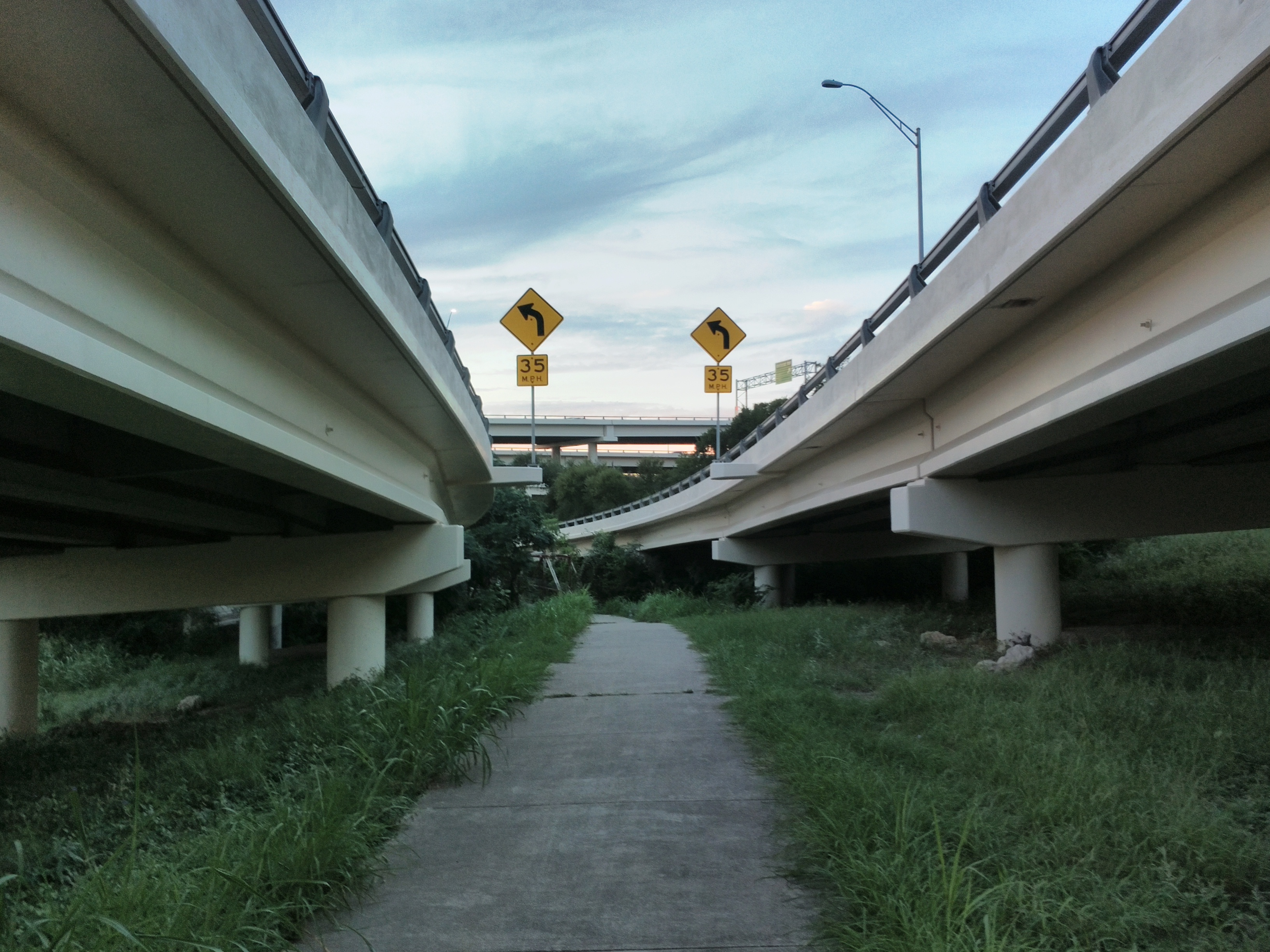
Shoal Creek Trail, nestled within MoPac’s interchange at Caesar Chavez.
Austin’s older trail network was built on the cheap, stuck underneath freeways and woven haphazardly along creeks and drainage systems. Large cracks in concrete and rusting steel in bridges abound. Evidently, there’s little maintenance being done today.
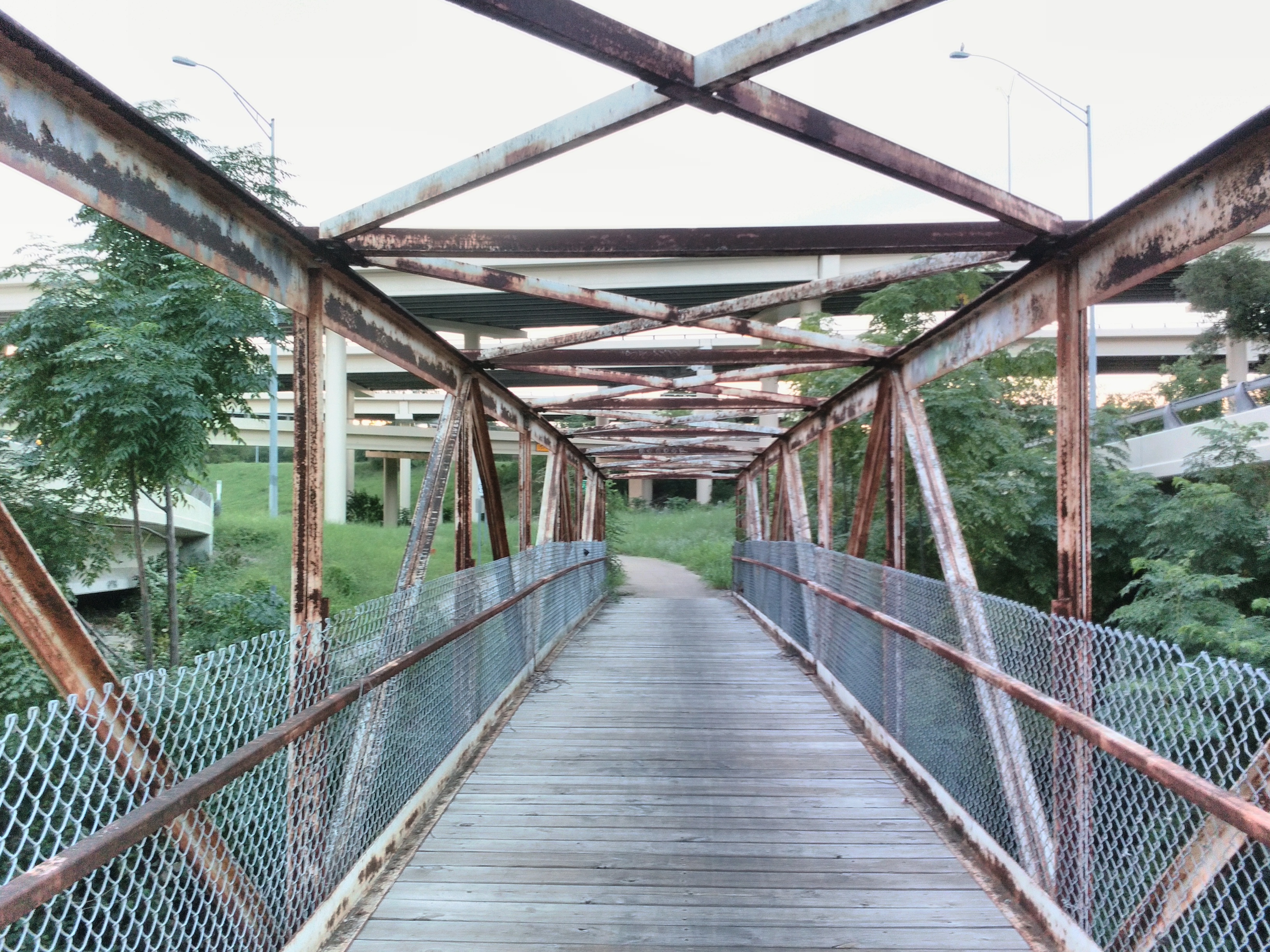
Rusting bridge on Shoal Creek Trail.
Austin boasts two creeks in the downtown area, ripe for a River Walk or Mill Creek-esque revival. But the paths that run beside them are also in deplorable condition, filled with trash and often used as resting spots by transients. These days, they are almost invariably closed for construction projects.
Unlike any other city I’ve experienced, Austin lacks a proper public square. There’s nothing comparable to Philadelphia’s City Hall, the sun-soaked beaches of Santa Monica, nor San Francisco’s Union Square.
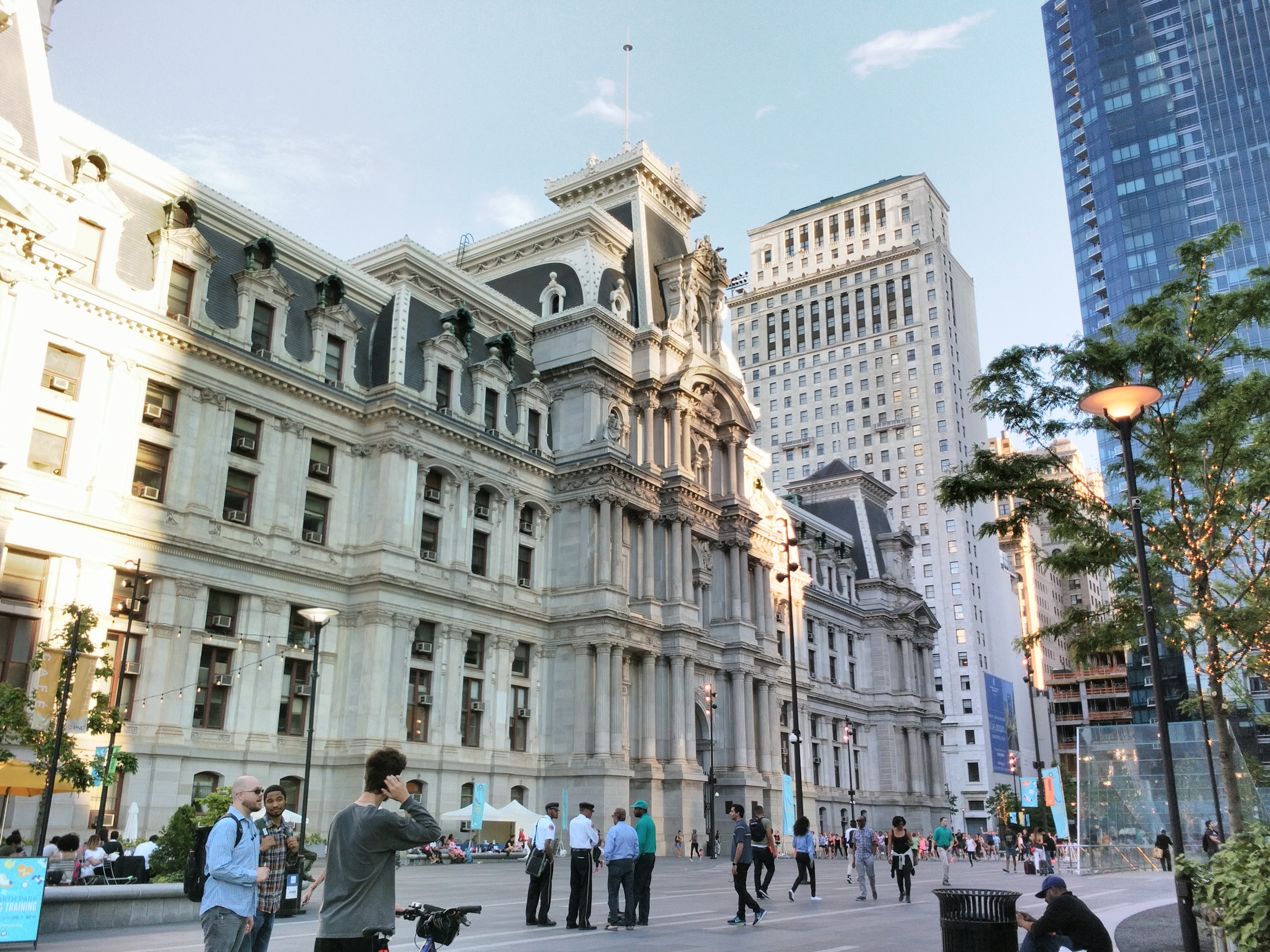
City Hall, Philadelphia, Pennsylvania.
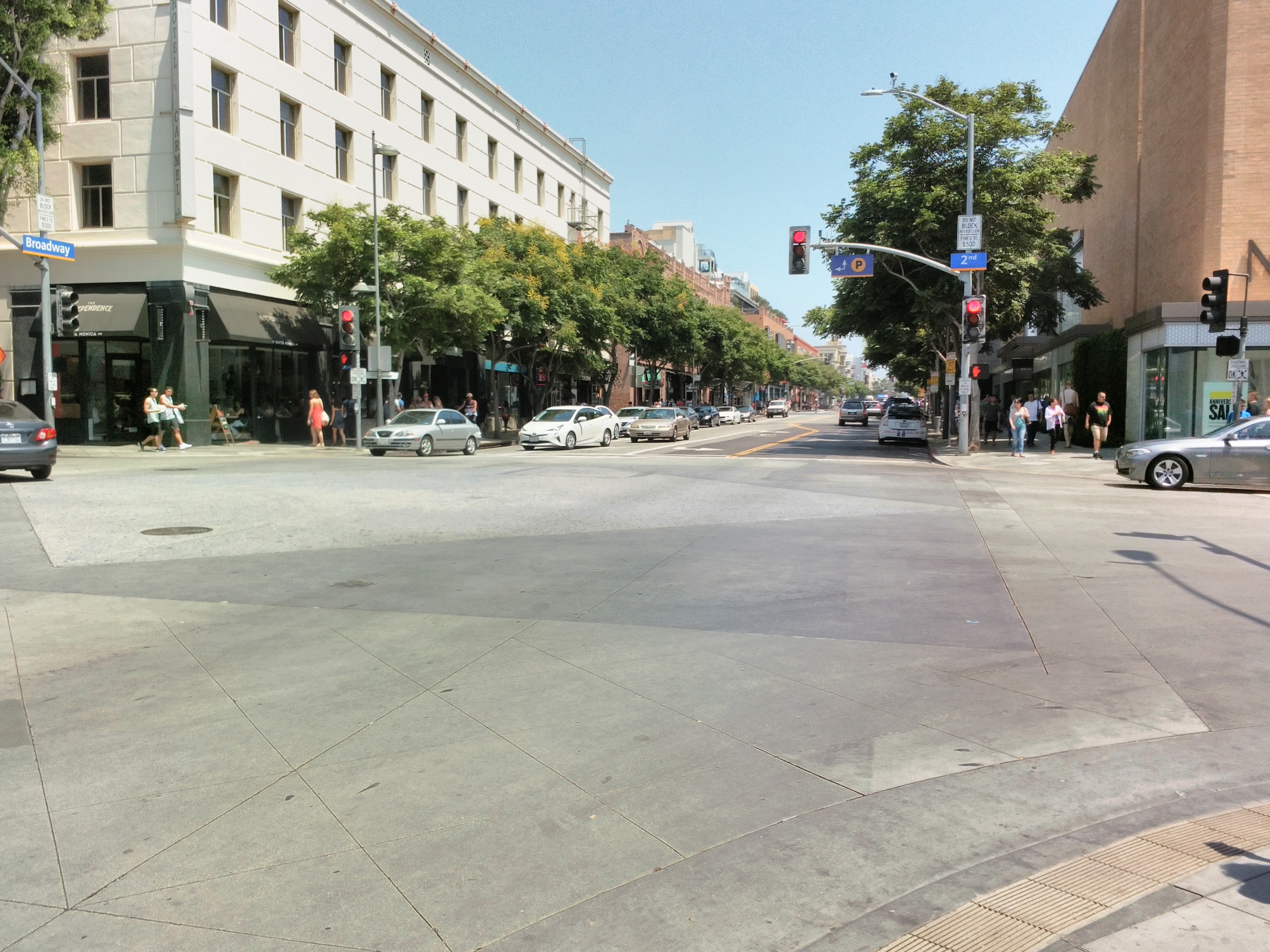
Downtown, Santa Monica, California.
Perhaps it’s unfair to compare Austin to America’s greatest cities, but yet I find no equivalent to Wilmington’s Rodney Square, Portland’s Waterfront Park, nor even my Bakersfield neighborhood’s Panorama Park.
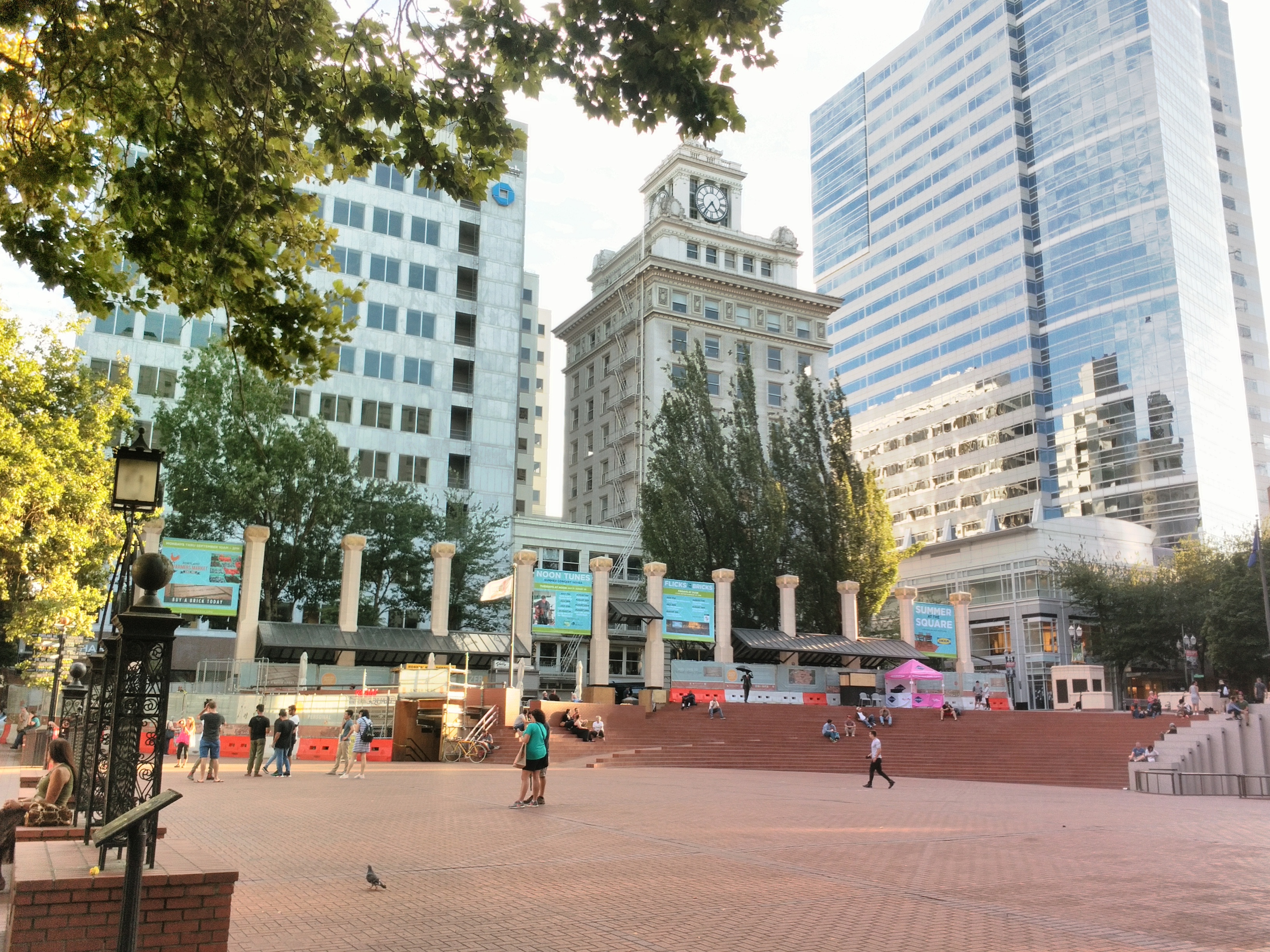
Pioneer Square, Portland, Oregon.
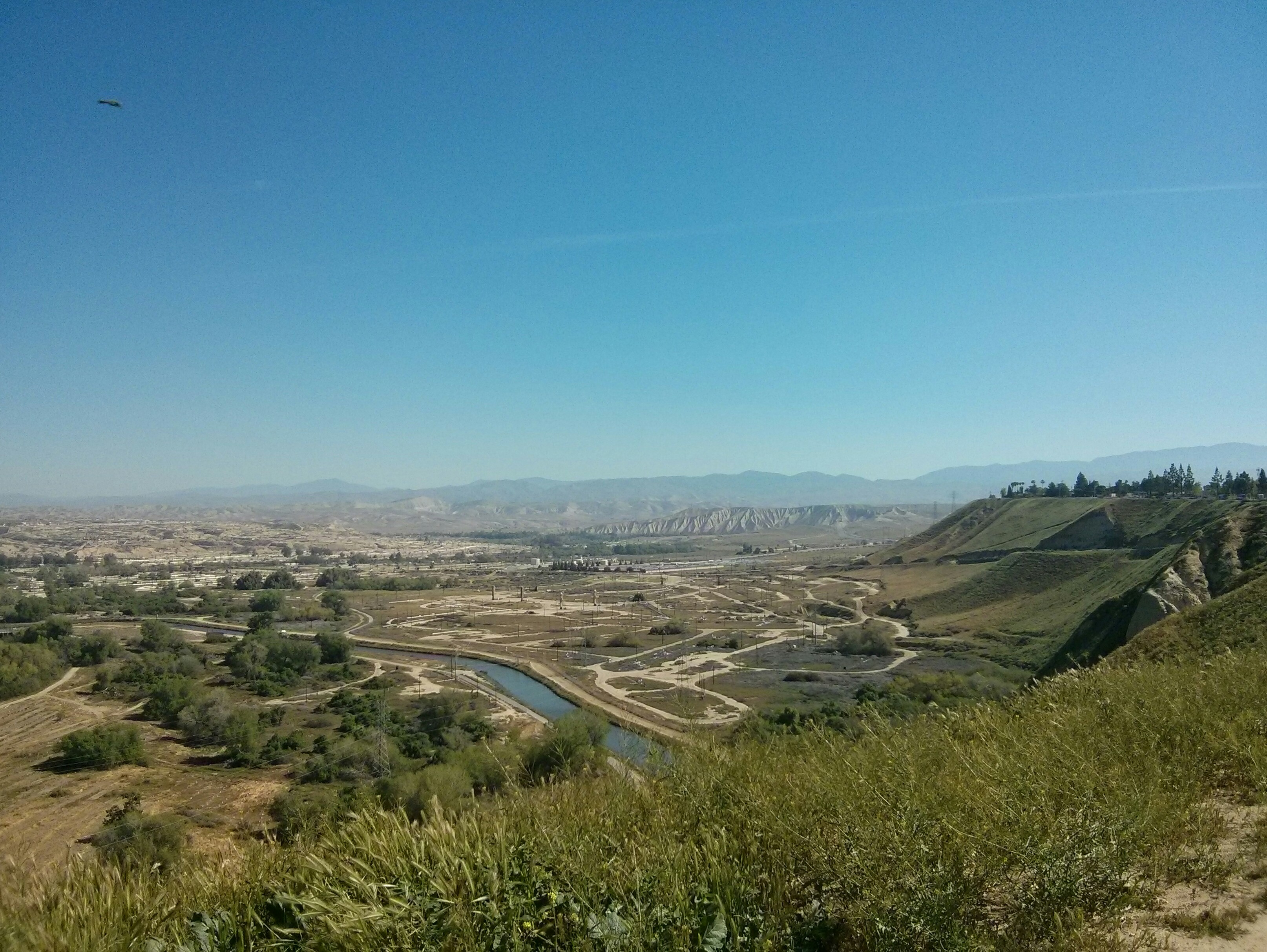
Panorama Park, Bakersfield, California.
Downtown Austin feels so lifeless to me because there’s nowhere to pause, to people-watch, to immerse myself in the discourse of the city. There are bus stops and benches on the sidewalks, but they’re neglected places along the way, not destinations in and of themselves.
Why, then, does Austin place such low value on its public space? I suggest this is because the idea of public space is incompatible with the Austin “experience.” That is to say, experiences are what put Austin on the map. Sixth Street, where bar-hoppers and college students engage in a hedonistic lifestyle. The Capitol, where sweaty protesters engage their representatives as combatants, not constituents. The assorted collection of hip restaurants, where diners wait hours to eat, then lose their hearing to obnoxiously loud music. And of course, the spectacles of SXSW and ACL and the other music festivals of the month.
In Austin, parks are boring–and for homeless people. Who has time to walk to the library when the Uber to Rainey Street is waiting out front? Instant gratification is 25 minutes on MoPac away.
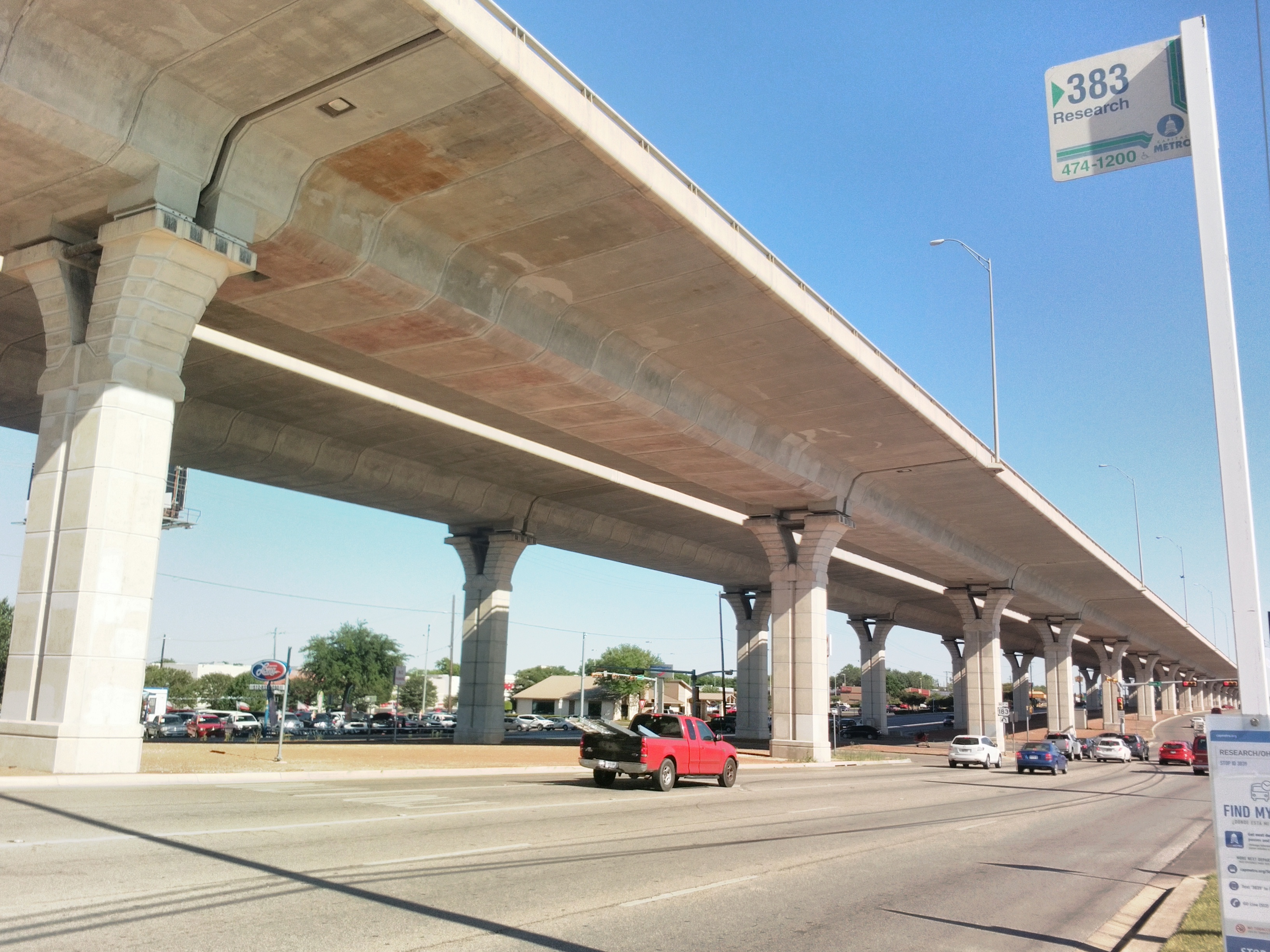
Or 45 minutes on 183, as the case may be.
I don’t mean to write off Austin as crude and phony. With a little planning to capture those “experiences,” it can be a fairly exciting city, if only to observe out of sheer curiosity.
But the best communities enable interactions that can’t be staked out on Yelp or Snapchat. With quality public space, life’s most mundane moments–meeting friends on a jog, watching kids play basketball, and exercising with neighbors–become just as rewarding as any trip downtown. No tips or alcohol required.
Addendum: Incidentally, I turned 21 the day I wrote and published this post. Guess what I spent my night doing?